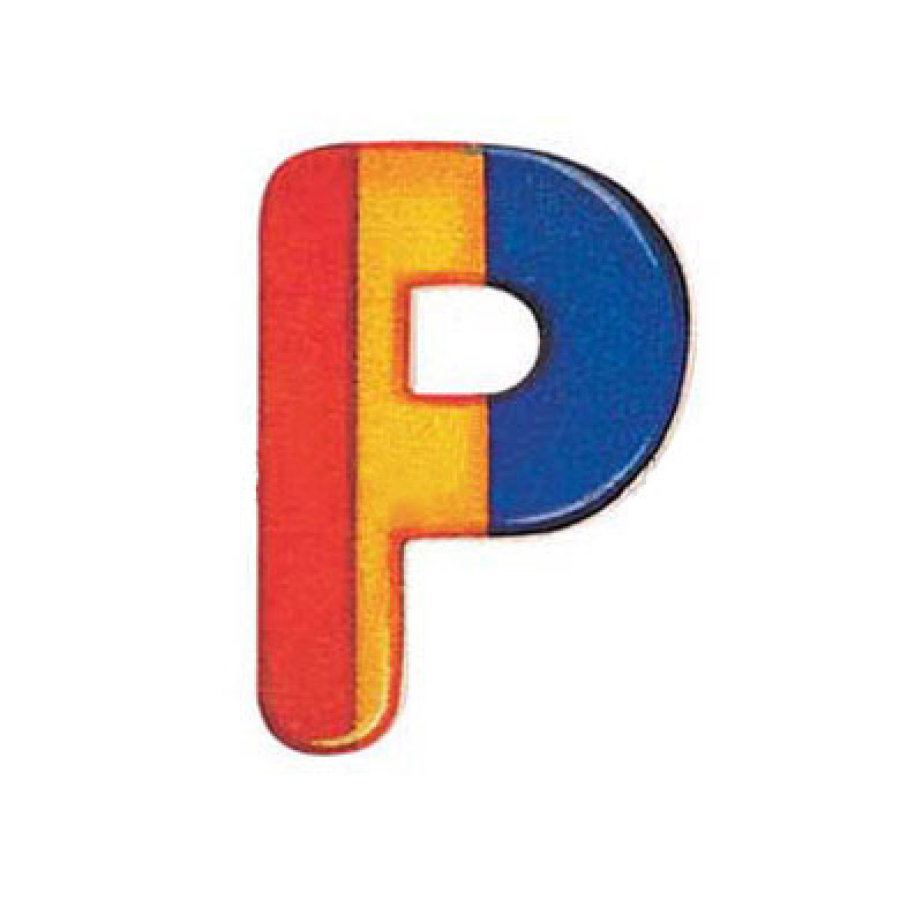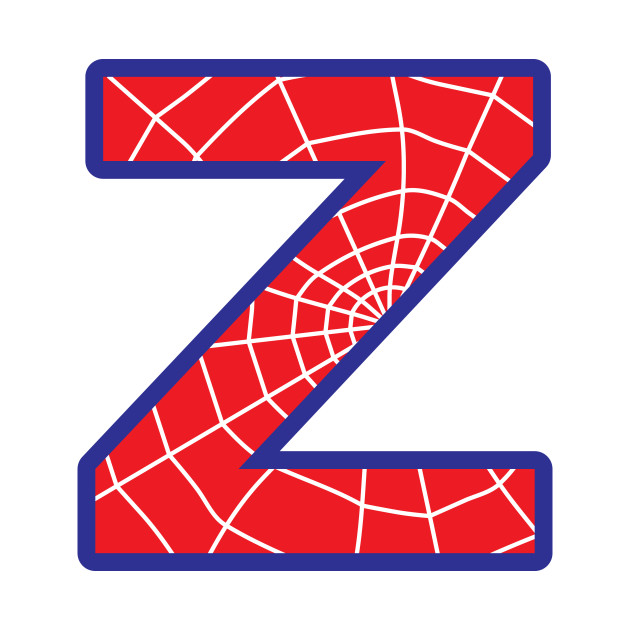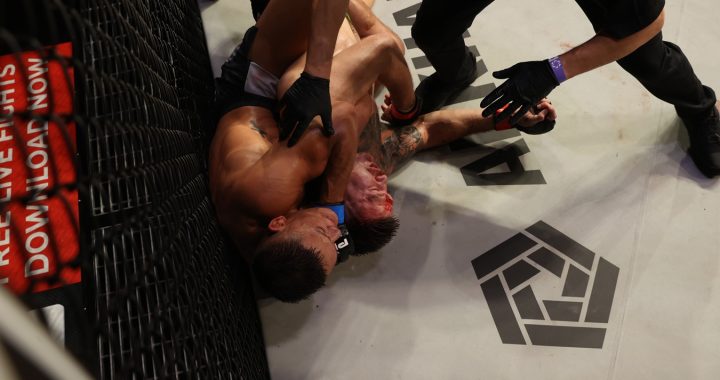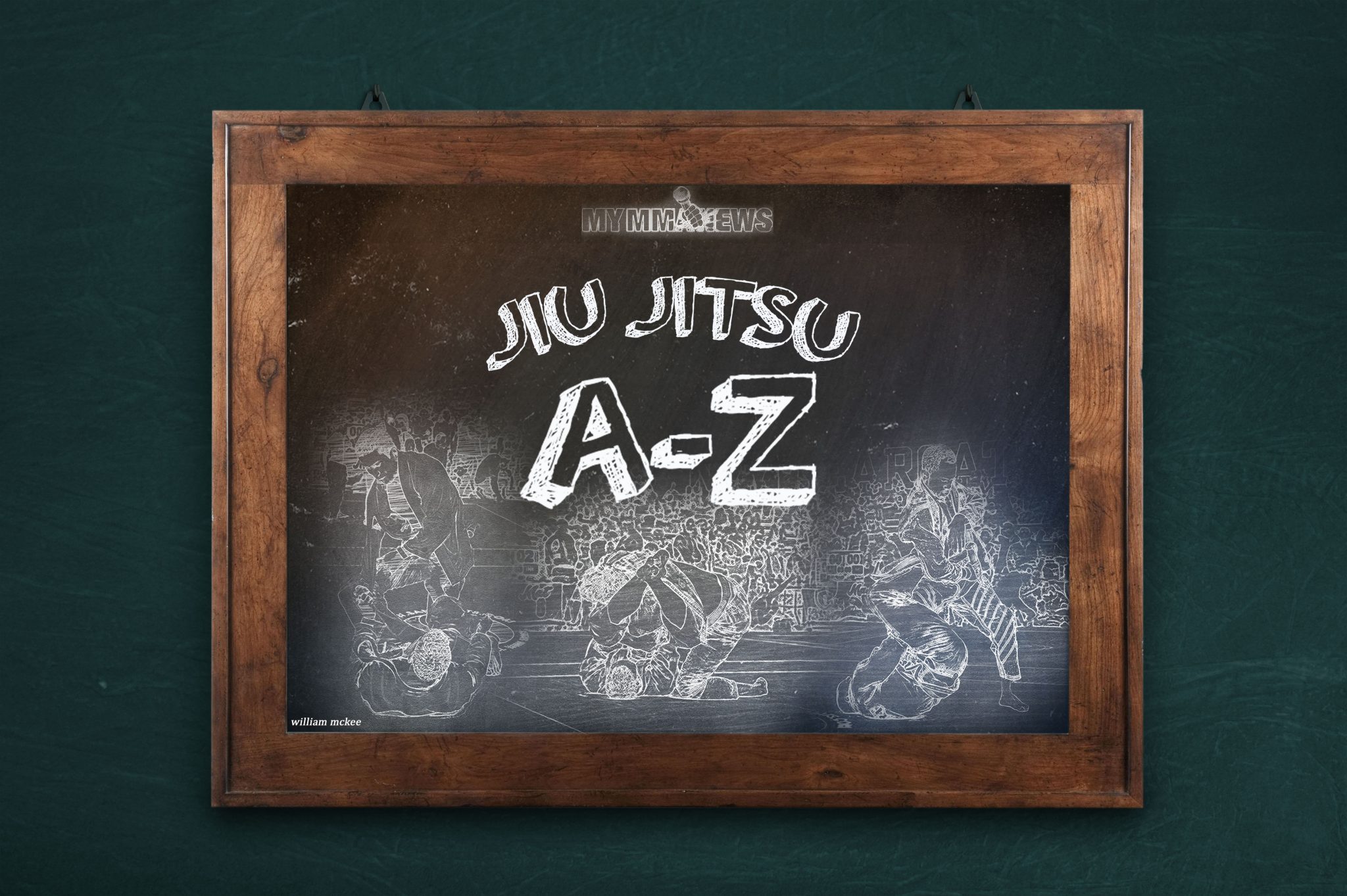
Brazilian Jiu-Jitsu, the A-Z glossary of BJJ
What is Brazilian Jiu-Jitsu?
We’ll try to answer that for you in this Brazilian Jiu-Jitsu for beginners segment.
When people hear the term ‘Brazilian Jiu-Jitsu’ (BJJ) what do they think of?
I asked a few people and the answers I got were: wrestling, choking, MMA, and grappling.
All of those answers are correct. Wrestling is definitely a part of the standing to ground techniques used in Jiu-Jitsu. Chokes are some of the many submissions that are incorporated in BJJ. Mixed martial arts’ focus is on many martial arts and Brazilian Jiu-Jitsu is one of the most important of those arts. And grappling’s definition is to engage in a struggle or close encounter with a firm grip or hand-to-hand fighting. Grappling by definition is one part of BJJ for sure.
Below is a Jiu-Jitsu for Dummies video by MMA Leach
The true definition according to blackbeltmag.com of Brazilian Jiu-Jitsu is a martial art and combat sport that teaches a smaller person how to defend himself against a larger adversary by using leverage and proper technique. The Gracie family, the founders of BJJ, modified judo and traditional Japanese jiujitsu to create the art. It contains stand-up maneuvers, but it is most famous for its devastating ground-fighting techniques. Gaining superior positioning so one can apply the style’s numerous chokes, holds, locks and joint manipulations on an opponent—is the key in BJJ.
What I want to do is create a glossary of words that are used in and during Brazilian Jiu-Jitsu. The words will include submissions, techniques, escapes and more. And the list can and will continue to grow. Send us your submissions.

Abu Dhabi Combat Club (ADCC) – The ADCC Submission Wrestling World Championship is a grappling competition involving professional athletes who have been successful at the highest levels of grappling, wrestling, judo, jiu-jitsu, sambo, shooto and mixed martial arts.
Americana consisting of the player controlling his opponent’s arm by using a double wrist control and bending it to form an “L” with the elbow pointing upwards (Jon Jones vs. Vitor Belfort).
Anaconda choke starts with the attacker facing the opponent on all fours. Attacker passes his leading arm under the neck, and outside past one of the opponent’s arms while then grabbing his own other arm’s free arm biceps (resulting in similar arm positioning to a rear naked choke). The attacker then arches his back, bending backward to apply the choke.
Ankle Lock is a leglock which hyper extends the ankle.
Armbar is a straight armlock that hyperextends the elbow joint performed with the arm of the opponent straightened in between the attacker’s legs (Ronda Rousey vs. Liz Carmouche).
Arm Triangle choke, side choke, or head and arm choke are generic terms describing blood chokeholds in which the opponent is strangled in between his or her own shoulder and the practitioner’s arm.
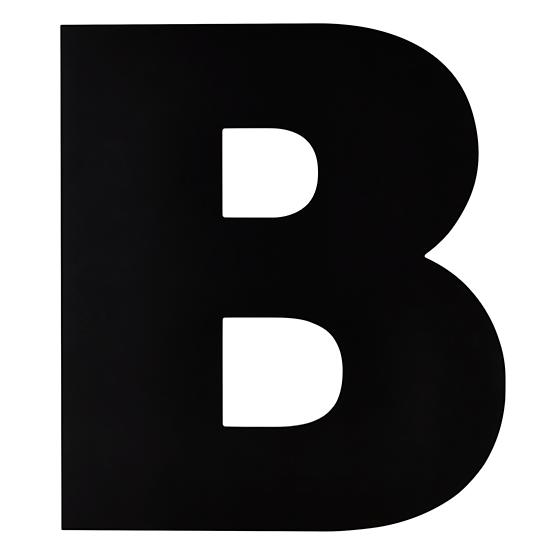
Back mount, or rear mount, is a dominant grappling position where the practitioner is behind his opponent in such a way that he has control of his opponent.
Baseball choke – Holding your arms like you would hold a baseball bat, you place one hand in the collar of your opponent’s gi, on the opposite side of their neck. You take the other arm, palm down on the other collar, but above the other hand. Squeeze arms together and choke.
Bear Hug – the arms are wrapped tightly around the opponent’s midsection, sometimes with one or both of the opponent’s arms pinned to the opponent’s body, so that the opponent’s chest is held tightly to the attacker’s chest. From this position the opponent can be taken down, sometimes by lifting and tilting and sometimes with the aid of a leg trip.
Belly – Knee-on-stomach, or knee-on-belly, knee-on-chest, knee-ride, knee mount is a dominant ground grappling position where the top combatant places a knee on the bottom combatant’s torso, and usually extends the other leg to the side for balance. This position is typically obtained from side control, simply by rising up slightly and putting a knee on the opponent’s stomach or chest.
Belt – In BJJ, there are five belts (faixa) – white (branca), blue (azul), purple (roxa), brown (marrom) and black (preta). In addition to the five belts, there are a further two honorary belts: red-and-black (also known as a ‘coral’ belt) and red. Rickson Gracie was promoted to red belt earlier this year after competing in BJJ for more than 40 years.
Berimbolo – This is when the guard player spins upside down, trying to disrupt the balance of his opponent. The name was created by Andre Galvao.
Bicep Slicer is a compression lock that involves pressing the biceps into the humerus. An effective biceps slicer can be applied by putting an arm or leg as a fulcrum on the opponent’s arm at the inside of the arm by the elbow, and flexing the opponent’s arm over the fulcrum.
Butterfly Guard is when you have your feet between your opponents hips while keeping your knees elevated forming “wings” to keep them at a distance to set up sweeps and submissions.
Break Fall is when you quickly slap your arms to the mat in order to prevent your fall from being so hard. You are cutting down the force by bracing for impact.
Bridge/ Bridge Escape is when your opponent has some sore of top control and you being on the bottom elevate your hips up in a fast motion and twists to throw them off.
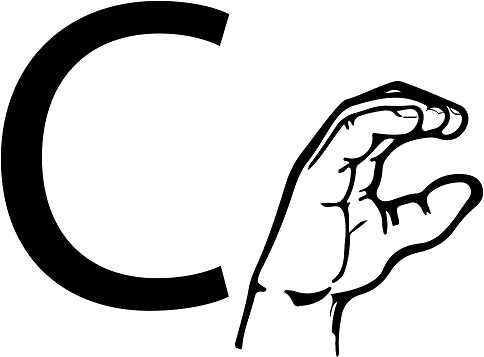
Calf Slicer is a compression lock that involves pressing the calf and/or thigh muscle into one of the bones in the leg. Similarly to the biceps slicer, a leg slicer can be applied by inserting an arm or leg in the backside of the knee, and flexing the opponent’s leg to apply pressure to the muscles surrounding the fulcrum.
Can Opener, also called a “spinal lock,” is a hyperflexing neck crank that can be applied from the opponent’s guard or from a mounted position, by grabbing the opponent’s head using the hands, and forcing it towards the chest of the opponent. If applied effectively in a competition it may force the opponent to submit.
Chicken Wing is a term for various hammer/keylocks, especially among Shoot wrestling and Jeet Kune Do practitioners.
Clinch – Grappling in extremely close quarters. Clinching with an opponent can limit their ability to strike.
Closed Guard is when both legs of the guard player are wrapped around his opponent’s waist and the feet are crossed, holding the opponents hips close to the player on booom while having head and wrist control.
Collar Choke is when one player uses the other players own gi collar yo applya choke to submit them. It can be finished from closed guard, side control, mount, and from taking the players back.
Control – Trying to maintain dominance. Position before submission.
Crank – A crank usually means to torque on a body park, neck, arm, leg, etc. Depending on the tournament or event, cranks may not be allowed.
Crossface is a submission used when arm pressure is applied across the face of your opponent. By limiting the ability for the head to move and forcing pressure down, usually across the jawbone area, the crossface can become extremely painful. In professional wrestling, Chris Benoit had a finishing maneuver called the “Crippler Crossface”.
Cross Collar Choke is where you grab your opponent’s collars with both of your palms – but at the opposite side. As you use your palms to pull your opponent towards you, he or she begins to choke.
Crucifix is a ground position that involves being perpendicularly behind the opponent, chest against back, and controlling the opponent’s arms. One of the opponent’s arms is controlled using the legs, and the other using the arms, hence effectively putting the opponent in a position resembling a crucifix.
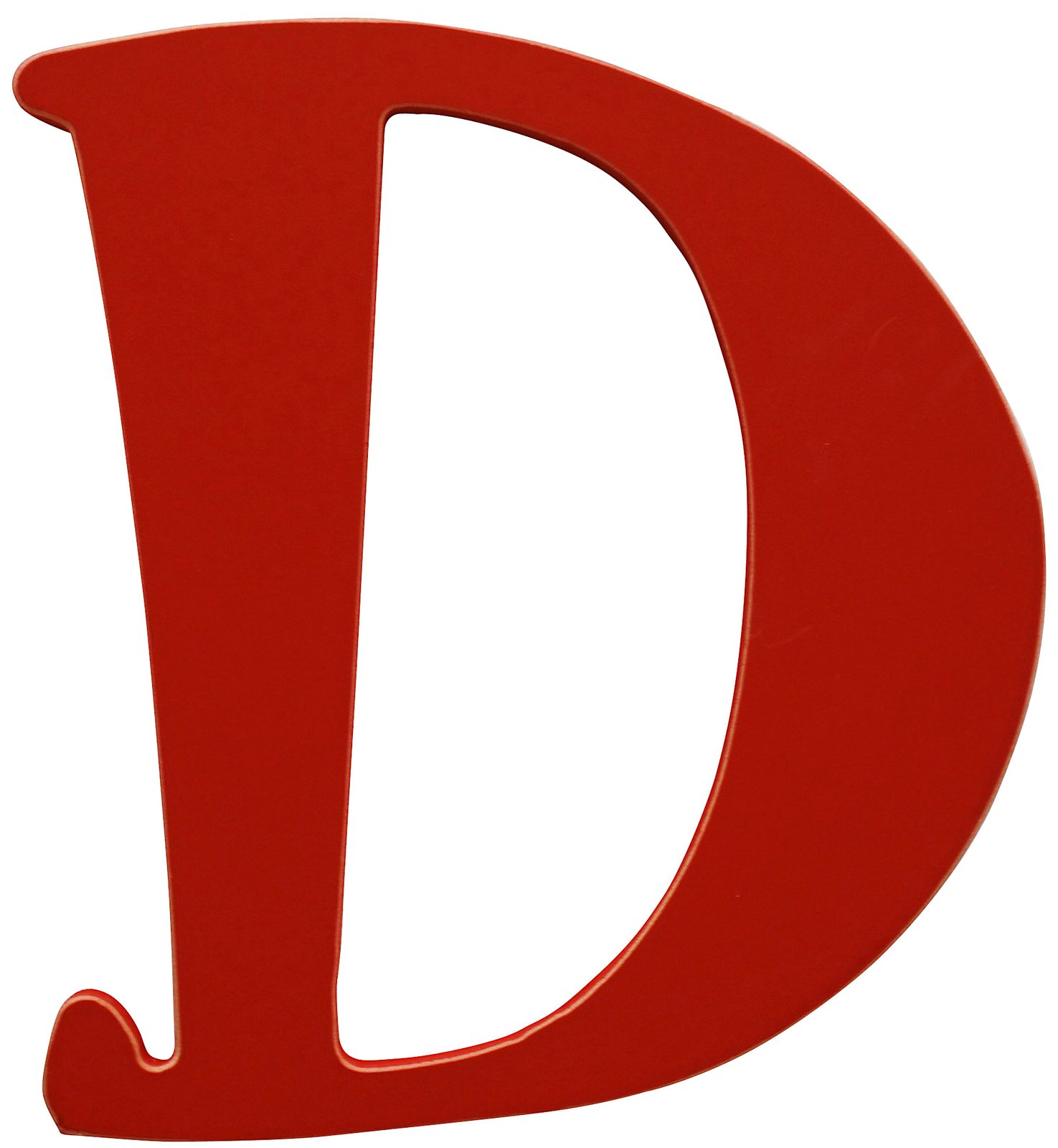
D’Arce Choke is when the opponent is choked with both arms by their opponent. Both of the arms are in between their own shoulder and the other players arm. One arm stays inside the other is outside somewhat free (Brendan Schaub vs. Matt Mitrione).
De La Riva is when you are on your back and attempt to control your opponent by wrapping your leg around your opponents opposite leg (right leg wrapped around opponents left or the opposite) while the other leg is pressed on the inside of the far leg stretched out.
Double Leg Takedown involves grabbing the opponent with both arms around the opponent’s legs while keeping the chest close to the opponent, and using this position to force the opponent to the ground. There are several varieties of forcing the opponent to the ground, such as lifting and slamming, or pushing forward with the shoulder while pulling the opponent’s legs. In martial arts and combat sports, a takedown is a technique that involves off-balancing an opponent and bringing him or her to the ground with the attacker landing on top. The process of quickly advancing on an opponent and attempting a takedown is known as shooting for a takedown, or simply shooting.
Ezekiel Choke is performed by placing the blade of the forearm across the neck area and grabbing the arm to leverage down into the throat area to create the choke (Oleksiy Oliynyk vs. Viktor Pesta).
Escape – When you are fighting to get out of your opponent’s dominant position in attempt avoid being submitted.
Estima Lock: Footlock developed by two brothers, Victor Estima and Braulio Estima. The lock works by keeping the top of the plsyers foot stuck to the attacker’s abdominal region, this combined with a forward crunching motion and hipping in will cause pain to the foot, twisting it in a similar direction to the toe hold, resulting in a submission.

Figure Four is the term for arranging one’s own arm or legs to resemble shape of numeral “4” when holding opponent. In pro wrestling, Ric Flair was known for this submission.
https://giphy.com/gifs/xOFxdQx0Ojm3C
Fireman’s Carry is a technique allowing one person to carry another person without assistance, by placing the carried person across the shoulders of the carrier. The “fireman’s carry” was once used by Judo founder Kanō Jigorō as an unexpected method to defeat a tough opponent. The technique is called kata guruma. The fireman’s carry is a takedown technique used in amateur wrestling as well as jiu-jitsu and MMA.
Flowing – Going from position to position very lightly with your partner, incorporating techniques and escapes that pair together such as the 5050 heel hook into 411
Foot Locks are often times under utilized submissions because of the fear that bones may break. Many competitors feel foot locks are a cheap submission but many of today’s BJJ stars have come to love and make names for themselves of the holds.
Forearm Choke – Driving the blade of your forearm into the throat of your opponent while mounted or in some side controlled position.

Gi used in Brazilian jiu-jitsu was adapted from the uniform commonly used in Japanese martial arts. It is typically composed of a heavy cotton jacket and reinforced trousers. A cloth belt is worn over the gi, both to keep the jacket closed, and as a signifier of the skill/rank of the practitioner. The term kimono is sometimes used to describe the whole outfit, or occasionally just the jacket.
Gi Choke is when you use your own gi or your opponent’s gi to apply a choke.
Gogoplata The gogoplata is executed from a guard, commonly from a “rubber guard”, where the legs are held very high against the opponent’s upper back. The fighter then slips one foot in front of the opponent’s head and under his chin, locks his hands behind the opponent’s head, and chokes the opponent by pressing his shin or instep against the opponent’s trachea.
Gracies are the founding family of Brazilian Jiu-Jitsu.
Grips are when you use your hands to attach to your opponent usually by clinching their gi. There are various types of grips. A few popular ones are he collar grip and sleeve grip.
Guard is a ground grappling position in which one combatant has their back to the ground while attempting to control the opponent using their arms and legs. There are many different guards including closed guard, open guard, and half guard.
Guard sweep is when the player on bottom uses their lower torso/legs to gain the top position and end in a stronger position like mount or side control.
Grapevine is generally from the mounted position where you drive your feet around the outside of your opponents knees and around his feet, hooking on his ankles with your insteps, pressing your hips forward into him keeping you arms posted making an interlocking vine look.
Guillotine choke is applied in front of the opponent, the attacker restricts air flow by lifting the forearm into the neck. It can be applied from underneath but is usually more powerful from above. A common finishing hold in mixed martial arts.
Guji-Jatame – A type of armbar where the arm is held in between the legs.

Half Guard is just like guard (see above) but with one leg inside of your opponent’s legs and one out. Most BJJ practitioners will try to move to a full guard position from half guard.
Helicopter Armbar – From the bottom, place feet together in hips of your opponent as they stand over you. Lift up. You should be able to carry their free weight, spin them mid-arm and bring the arm down towards your chest for an armbar.
Hip Escape – (See Shrimping)
Hooks are when your arm is threaded between your opponent’s torso and their arm allowing for control. Under hooks are preferable to control your opponent and maintain their position.
Heel Hook is a joint lock where the attacker isolates an opponent’s leg between their own legs, and then twists the opponent’s ankle by holding the heel with the forearm, and using the whole body to generate a twisting motion, causing pain to the opponent’s ankle or knee.

Inverting is the act of rolling upside down while under your opponent. Doing so allows the player on bottom to keep their guard intact when the top player is trying to pass. Inverting resulted in many position advances, attacks, and escapes.

Japanese Neck Tie is pretty much a darce choke but the hands are gripped together like a gable grip,( instead of on the bicep) and the elbow is pushing on the back of the players head to apply more pressure for the submission.

Keylock is a shoulderlock where the arm is turned like a key.
Kimura is a submission that involves holding the forearm and using it to twist the upper arm laterally or medially, similarly to turning a key in a keyhole with alot of pressure on the shoulder (Frank Mir vs. Antonio Nogueira).
Knee On Belly is a dominant ground position where the top player places a knee on the bottom players torso, placing pressure on the grounded opponent so they feel stuck.
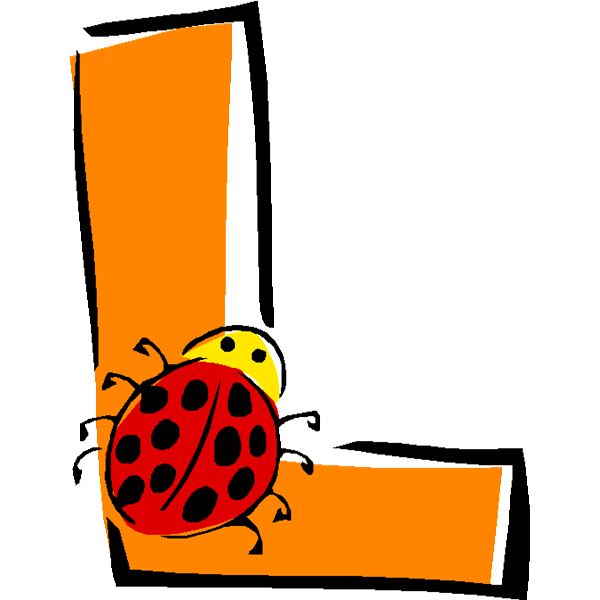 Lapels – The side/collars of the gi. Can be used effectively to choke.
Lapels – The side/collars of the gi. Can be used effectively to choke.
Leg Locks are joint locks that are directed at joints of the leg such as the ankle, knee or heel. A leglock, which is directed at joints in the foot are sometimes referred to as foot locks. Knee bars and heel hooks are other forms of leg locks for example.
Locoplata (popularized by Eddie Bravo) is when the practitioner uses his free foot to push up on the choking foot and increase pressure on the trachea. Similar to a gogoplata.

Mount is when one combatant sits on the opponents torso with the hips heavy and feet tucked under the opponent. This is one of the most dominant positions there is on the ground because of how many submissions you can get from the mounted position.
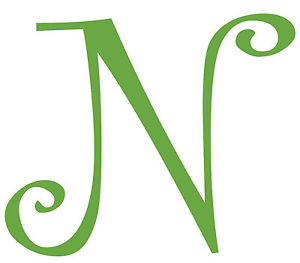
Neck Crank – Usually an illegal move in competition because of how dangerous it can be. A neck crank can be forced pressure/twisting of the head/neck area. Usually very painful.
Nelson – Full and or Half Nelson – a wrestling hold in which one arm is passed under the opponent’s arm from behind and the hand is applied to the neck ( half nelson ), or both arms and hands are applied ( full nelson ).
No-Gi In Gi training, you will wear a BJJ Gi. In No Gi, you wear shorts and a T-shirt or rash guard.
North South choke Applied from the north-south position (heads toward that of opponent, feet opposite) with opponent facing up. Uses the shoulder and biceps to cut off air flow.

Omoplata utilizes the opponents legs and hips to manipulate the shoulder joint to an extent that the joint reaches its maximal degree of motion (Ben Saunders vs. Chris Heatherly). The hold is basically a Kimura but instead of using the figure four lock with your arms you use your legs. The technique is one of the more versatile in grappling as it can be applied to so many other things then just a straight submission hold. In Judo it is known as the ‘Ashi-Sankaku-Garami’ and as the ‘Coil Lock’ in Catch Wrestling. If done to completion, the Omoplata rotates the arm behind the back and around past the breaking point, destroying the shoulder.
OSS it’s a pretty generic term derived from Japanese martial arts. It is a particularly enthusiastic way of saying “yes” or to acknowledge something or someone, similar to the U.S. Marines when they say “OOH-RAH”. The famous “OSS” has many origins. The first definition of “OSS” as an abbreviation for Onegai Shimasu, which translates into a request, a solicitation, an invitation like “please”, “if you may” or “with your permission”, much used when inviting a partner to train. Check out this article here.
The second definition of the word, also known as “ossu”, means Oshi Shinobu, which conveys the idea of “persevering when pushed”. In other words, never give up, have determination, grit and withstand the most arduous of training.
Overhook or whizzer, involves putting an arm over the opponent’s arm and encircling it. It can be used as a takedown maneuver by putting substantial weight on the targeted arm while pulling the opponent’s other arm across his body, and eventually stepping over behind the opponent.
Papercut choke – When in side control, reach behind the neck and grab the back of your opponent’s collar. Grab the other collar with the opposite hand and then rotate towards their head. And…. choke!
Peruvian Neck Tie
Passing Guard is the process by which the person in the guard gets their legs past up and over, commonly moving into side control or mount position.
Posture – aligning your back (spine) to elongate your body and help with defense while in the guard.
Push choke can be applied a prone opponent, facing the person applying, by simply placing a hand to the throat, and pushing down, as the name implies. This is an air choke, and if left applied for too long, will result in fracture of the Hyoid bone in the neck, and death. Because of the high likelihood of death to the opponent, it is often not used in most fighting, and is an outlawed hold within the wrestling community because of the high chance of it being misdelivered, resulting in death.
 Nothing for the letter Q. Didn’t say we had the answers to everything. When in doubt, ask “questions.”
Nothing for the letter Q. Didn’t say we had the answers to everything. When in doubt, ask “questions.”
Asking your instructors questions will help ensure that you are fully understanding the technique that is being taught.

Rear-Naked-Choke (RNC) is a submission used in the gi or no-gi (meaning naked) with the players arm encircles the opponent’s neck and then grabs his own biceps on the other arm for a tight squeeze pushing the opponents head towards the choking arm leaving so space between (Jon Jones vs. Rampage Jackson).
Reaping is when one of the athletes places his thigh behind the leg of his opponent and passes his calf on top of the opponent’s body above the knee, placing his foot beyond the vertical midline of the opponent’s body and applying pressure on his opponent’s knee from the outside.
Rolling – is a form of “sparring” and is a way for students to test their skills and abilities against their teammates. It is essential practicing your jiu jitsu in a friendly manner against a training partner.
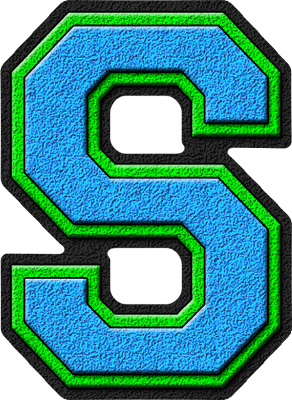 Seatbelt
Seatbelt
Shin choke is used on a prone opponent, by simply placing the shin across the neck, resulting in constriction of airflow to the lungs, it will quickly result in the loss of consciousness of the opponent.
Short wrist choke – In Judo, the rear naked choke is known as Hadaka-jime (裸絞め): “rear naked choke”, one of the 36 constriction techniques of Kodokan judo in the shime-waza list. It digs the blade of the wrist into the carotid sinus similar to the hand clasp method and uses a lever motion helped by the underhand. It is faster to apply requiring less strength than the figure four/mixed-martial arts version but is more difficult to learn. It is not an air choke but a carotid choke created entirely by the attacker’s arms.
Spider Guard is a form of open guard. While on bottom you grab/grip opponent’s wrist or sleeves with your hands and have at least one of your feet on their arms.
Shrimping is moving the hips away from an opponent. The shrimp allows the player to brace on their opponents hips and not allow them the opponent) to advance, while the shrimping player scoots their hip away side to side. Shrimping allows for the player to create space, usually resulting in replacing their guard or changing to a better position.
Side Control or sidemount, is position in which you are on top and perpendicular to your opponent. This allows for many set ups for submissions and advances.
Single Leg Takedown is a very common maneuver, especially in wrestling. This is where you shoot in on one of your opponent’s legs, forcing them to the ground.
Spine Crank applies pressure to the spine by twisting or bending the body.
Submission is the act of forcing opponent to give up/tap out.
Sweep is when you knock opponent off feet/knees. Take out their dominant base with a sweeping motion.

Take Back is when you maneuver to a dominant back position, mount the back.
Triangle Choke is a submission performed mainly with the legs, in which your opponent has one arm inside, helping you to block off the flow of blood to their brain. The name comes from the position of the legs, with one across the back of the person’s head, the other securing the hold by locking a shin underneath a knee. You then squeeze and depending on how secure you would squeeze and pull down on the opponents head.
Tap Out/Tapping is the act of giving up in. When being put into a submission and they can not escape so they tap the ground or their opponent to let them know the submission was done before they passed out or any harm was inflicted.
Turtle Up – A defensive ground position where you tuck in your arms, legs and head like a turtle hiding in its shell.
Twister is a rotational spine crank submission. Imagine the game of Twister but on the mat. It involves forcing the opponent’s head towards one of their shoulders while twisting the lower body to the opposite side.
Underhooks are when your arm is threaded between your opponent’s torso and their arm allowing for control. Under hooks are preferable to control your opponent and maintain their position to stop an advance in position.
Uke is the person who “receives” a technique. Someone you demonstrate a position on.
Von Flue Choke In 2006, at UFC Ultimate Fight Night 3 against Alex Karalexis, Jason Von Flue successfully applied a unique submission move to counter the guillotine choke that is now commonly referred to as the “Von Flue choke.” The Von Flue choke is one of the most powerful counters to a guillotine choke. Ovince Saint Preux also known as OSP has successfully used this move several times and joked that the submission is now named after him.
Whizzer is an overhook clinch hold on an opponent from any direction by putting an arm over the opponent’s arm, and encircling the opponent’s arm or upper body.
Windshield Wiper is a guard pass. When the bottom player has one leg up and another on the mat, the top player backs up to pin the bottom leg secured to the mat, then passes their knee over that pinned leg, allowing to bring the second leg through and take side control.
Wristlock – the wrist of your opponent is bent or twisted to the point of submission.
X- Guard is a position in which you have your same side hand gripping over the top of their knee, while one of your legs hooks behind their other knee, while your other foot is up by their hip making an X.
Nothing for the letter Y. See letter Q.
Z-Guard is a position in which the guard player has an open half guard with their top leg framed at an angle across their opponent. This has been made famous in recent years by Australian superstar Craig Jones.





















